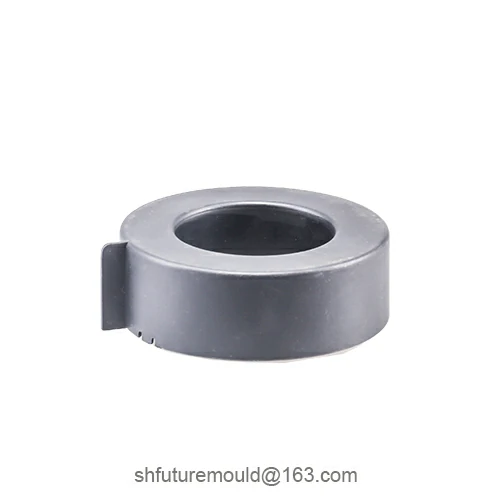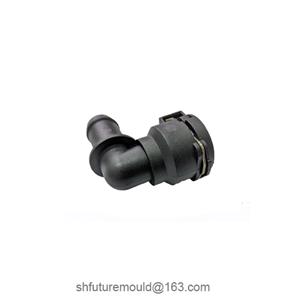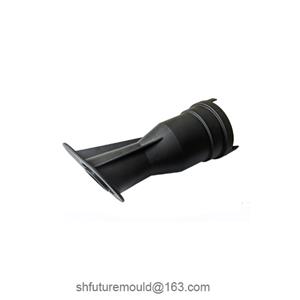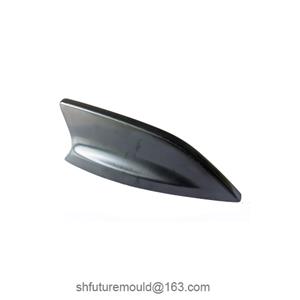UV Treatment for injection molded parts
UV treatment is a common surface finishing process for plastic injection molded parts. This process involves applying a UV-curable coating to the plastic surface and exposing it to ultraviolet light. The UV light generates a rapid curing reaction, forming a hard, durable, and glossy protective film. This process not only enhances the appearance of the plastic parts but also improves their properties such as abrasion resistance, chemical resistance, and weatherability.
1. Advantages of UV Treatment
Rapid Curing: UV curing typically takes only a few seconds, significantly increasing production efficiency.
Excellent Coating Properties: UV coatings offer high hardness, abrasion resistance, chemical resistance, and weatherability.
Environmental Friendliness: UV curing does not produce volatile organic compounds (VOCs), making it environmentally friendly.
Wide Range of Applications: UV treatment suits various plastic materials such as ABS, PC, and PP.
2. Selection of UV Coatings
The choice of UV coating depends on the specific requirements and application of the injection molded part. UV coatings come in a wide variety, including transparent, colored, matte, and high-gloss finishes.
3. UV Treatment Process
Pre-treatment: The plastic part's surface is cleaned and prepared to ensure good adhesion of the coating.
UV Coating Application: The UV coating is evenly applied to the surface of the plastic part.
UV Exposure: The coated part is exposed to UV light to cure the coating.
Post-treatment: Additional processes such as polishing or silk screening can be performed as needed.
- Injection Mold
- Automotive Injection Mold
- Electronics & Electrical Injection Mold
- Consumer Goods Injection Mold
- Airplane Components Injection Mold
- Medical Components Injection Mold
- Irrigation Components Injection Mold
- Injection Molds




